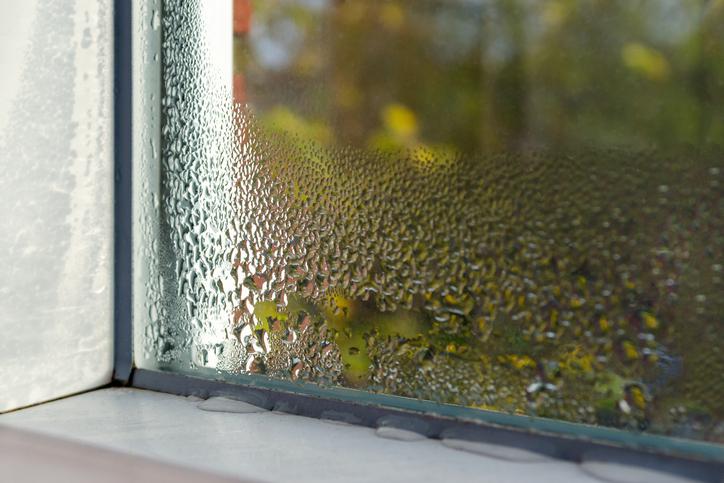What is a Good Humidity Level for a Home?
February 27, 2024

When you think about humidity, you might think of how the air feels outside.
We tend to think of humidity as a problem in the summer when the weather is hot and sticky. But as uncomfortable as outdoor humidity can be, indoor humidity can be an even bigger problem.
Let’s look at what is a good indoor humidity level for a home.
Why Indoor Humidity Levels Matter
Your indoor humidity levels matter for a few reasons.
First, comfort. Just like when you’re outside, high humidity can make a room feel a lot warmer than it actually is. On the flip side, if the humidity is too low, the room will feel too dry.
Indoor humidity levels can also impact your health. High humidity can promote mold growth, dust mites, and other allergens, leading to respiratory issues and allergies. Low humidity can dry out the respiratory system and irritate your skin.
Ideal Indoor Humidity Levels By Season
Ideal indoor humidity levels depend on the season, and they will vary based on outdoor temperatures and weather conditions.
During winter, if you live in a colder climate, the outdoor air tends to be drier. Winter indoor humidity levels should be slightly higher, between 30% and 40%, for comfort and to prevent issues like dry skin and respiratory irritation.
During the spring and fall, outdoor humidity levels will vary, and you’ll have to monitor your indoor humidity. We recommend keeping the indoor humidity level during these seasons at 30% to 50%.
The summer months usually bring higher humidity outside, especially in certain parts of the country. The ideal indoor humidity in the summer should be at 40% to 60%, with a focus on staying below 60% to avoid mold growth.
What Are Potential Pitfalls of High Humidity in Your Home?
High indoor humidity can cause plenty of problems for your home. It can harm the interior of your home because it can lead to condensation on windows and other surfaces, causing water damage, peeling paint, and rotting wood.
Here’s why high indoor humidity can contribute to mold growth:
- Moisture accumulation: Mold needs moisture to grow. When there is high indoor humidity, excess moisture in the air can accumulate on surfaces such as walls, ceilings, and other materials indoors.
- Poor ventilation: Inadequate ventilation can trap moisture and humidity levels may rise, especially in areas with limited airflow. This stagnant air allows moisture to linger, promoting mold growth.
- Condensation: High humidity can lead to condensation on surfaces like windows, walls, and pipes. When warm, humid air meets cooler surfaces, the air cools and moisture condenses. This provides a wet surface for mold spores to settle and grow.
- Organic materials: Mold requires organic materials to grow, such as wood, drywall, and fabric. When these materials become consistently damp due to high humidity, mold can start to grow.
- Hidden spaces: High humidity can reach hidden or poorly ventilated areas within walls, ceilings, or crawl spaces. Mold can grow in these hidden spaces, making detection challenging. This is why it’s especially important to keep an eye on your basement humidity level.
Contact DRYmedic Today
Has high indoor humidity left you with water damage and mold issues in your home? Call DRYmedic Restoration Services, the premier restoration company for all of your property damage needs. Contact the DRYmedic team at (970) 541-4135.